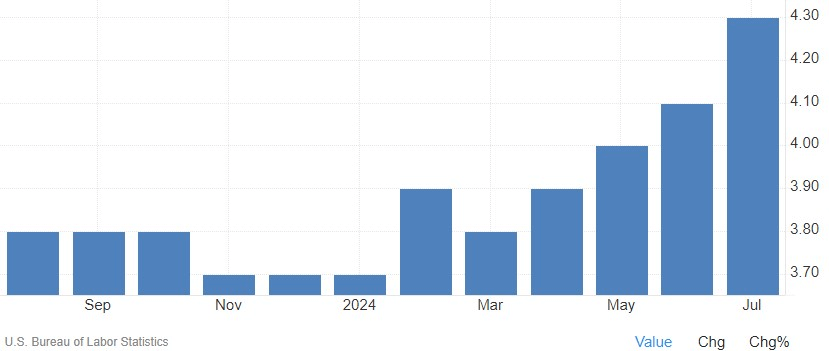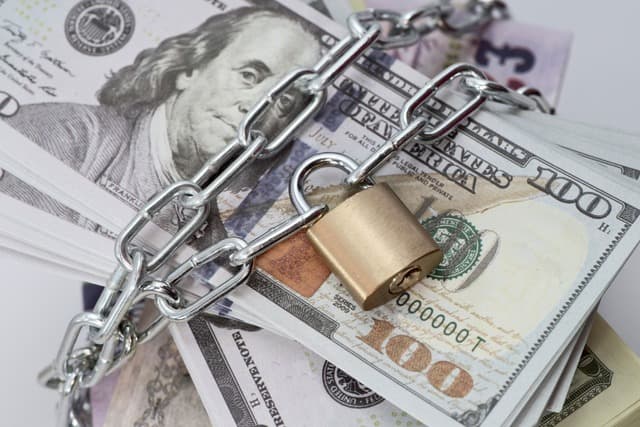After threading dangerously close to sounding an alarm in July, the Sahm Rule indicator–one of the most reliable U.S. recession indicators, just passed the 0.50 threshold, officially sounding the recession.
The Sahm Rule indicates an economic downturn when the unemployment rate rises by 0.5 percentage points above its lowest level in the past 12 months.
Now, the indicator shows a reading of 0.53%, above the 0.5 threshold required to trigger a recession signal.

In the 65 years this indicator has been used, it has yet to provide a false signal even once, predicting the recession with 100% accuracy and causing concern among economists.
What caused the surge in the Sahm Rule indicator?
As an economic downturn indicator, Sahm Rule relies on the monthly U.S. unemployment reports as a measure of the direction in which the economy is headed, and as the July monthly report revealed, the unemployment rate rose 0.5 percentage points above its lowest levels in the previous 12 months.
Notably, July marked the fourth consecutive month with rising unemployment rates, reaching the 4.3% threshold, which is the highest level since November 2021.

Stock markets now expect a swift reaction from the Federal Reserve
In addition to an expected September rate cut, which is expected to range from 25 to 50 bps, markets now expect the Fed to hold an emergency meeting and address the surging volatility in the stock market.
According to the latest polling, U.S. markets are giving a 60% chance of the Fed holding an emergency meeting within a one-week time span. At this meeting, the Fed would cut interest rates to address the current problems.

However, analysts believe the Fed’s rate cuts could indicate a hard landing for the economy and initiate a significant downturn in stocks, an assumption based on the stock market’s overall historical performance post-interest rate cuts.








